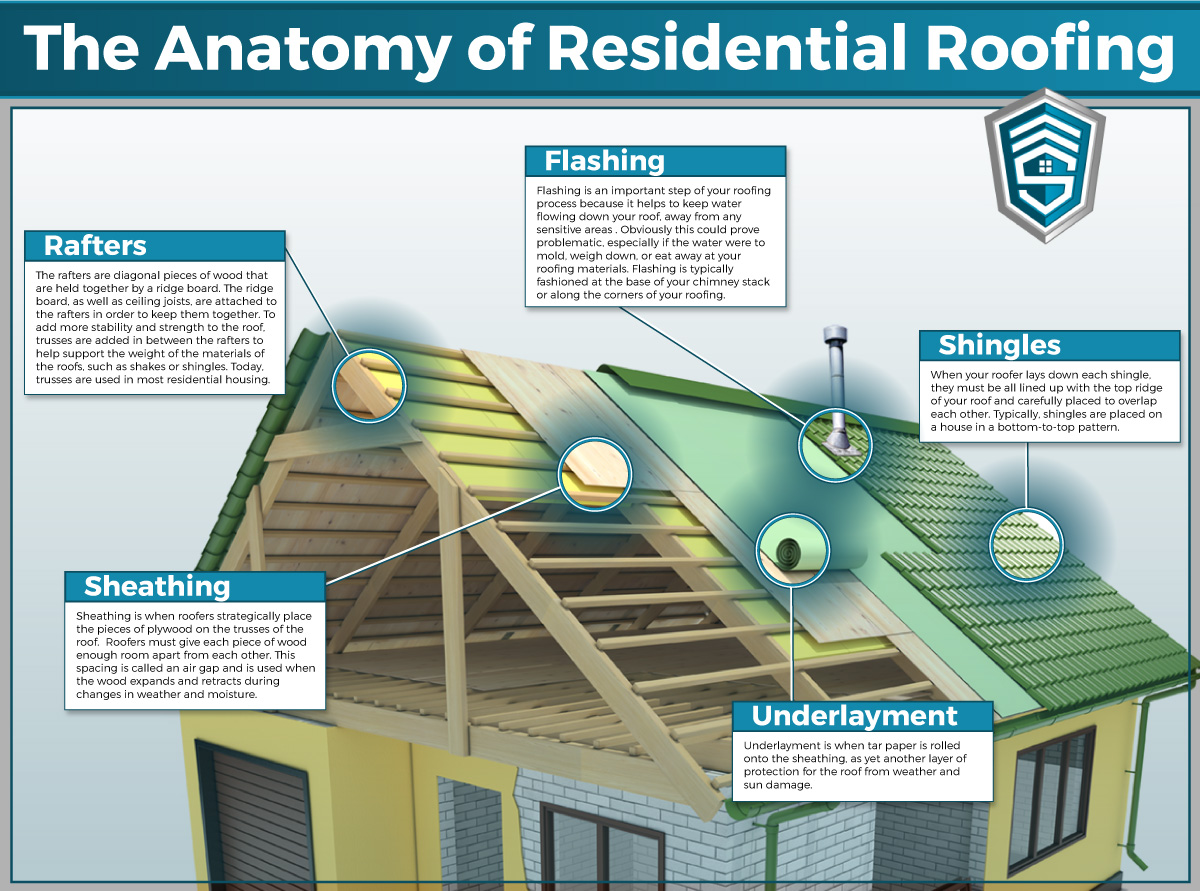The Function Of Roofing System Air Flow In A Successful Installation
The Function Of Roofing System Air Flow In A Successful Installation
Blog Article
Content Author-Kehoe Walls
When you're tackling a roof covering job, you could not assume much concerning roofing system air flow, yet it's more vital than you understand. Effective ventilation assists regulate temperature level and wetness in your attic, avoiding problems like mold and mildew and architectural damage. By comprehending just how to develop and set up a well balanced air flow system, you can boost energy performance and lengthen the life expectancy of your roofing materials. So, what are the key elements to consider throughout installation that can make all the distinction?
Significance of Roof Ventilation
Roof covering air flow plays a critical duty in preserving the general health of your home. By allowing fresh air to distribute via your attic, it helps regulate temperature and dampness levels. This equilibrium is vital to avoid heat accumulation during hot months, which can bring about raised energy costs as your air conditioning works overtime.
Additionally, appropriate air flow dramatically reduces the danger of moisture-related problems like mold and mold. If moisture levels increase, your home's architectural integrity can be compromised, causing costly repairs. You would not intend to handle deteriorating wood or warped roof products, right?
Furthermore, adequate air flow extends the lifespan of your roofing system. When warm and moisture are kept in check, your roofing can do optimally, protecting against premature wear and tear. This suggests less headaches and costs down the line.
Just How Roof Covering Ventilation Functions
Effective roof air flow relies on the natural movement of air to create a balance in between consumption and exhaust. When you install vents, you're basically enabling fresh air to enter your attic room while allowing hot, stale air to leave. This procedure assists manage temperature level and dampness levels, stopping problems like mold development and roofing damage.
Consumption vents, usually discovered at the eaves, reel in great air from outdoors. On the other hand, exhaust vents, situated near the ridge of the roof covering, allow hot air surge and exit. The difference in temperature level creates a natural airflow, known as the stack impact. As cozy air rises, it creates a vacuum cleaner that draws in cooler air from the lower vents.
To enhance this system, you need to make sure that the consumption and exhaust vents are correctly sized and placed. If the intake is restricted, you won't accomplish the desired ventilation.
Also, https://prwire.com.au/pr/89173/melbourne-s-leading-roofing-contractor-melbourne-quality-roofing-wins-2020-three-best-rated-award-for-best-roofing-contractors can catch heat and wetness, resulting in prospective damage.
Secret Setup Considerations
When mounting roofing air flow, several essential factors to consider can make or damage your system's efficiency. Initially, you need to assess your roofing's design. The pitch, shape, and products all affect air movement and ventilation choice. See to it to select vents that fit your roof type and local environment problems.
Next, take into consideration the placement of your vents. Preferably, you'll desire a well balanced system with intake and exhaust vents placed for ideal air flow. Area consumption vents short on the roofing system and exhaust vents near the peak to encourage a natural circulation of air. This configuration assists prevent wetness buildup and promotes power performance.
Do not forget insulation. Correct insulation in your attic avoids warmth from getting away and keeps your home comfy. Guarantee that insulation doesn't obstruct your vents, as this can prevent airflow.
Finally, consider maintenance. Pick air flow systems that are simple to accessibility for cleansing and examination. Normal maintenance ensures your system remains to function successfully over time.
Conclusion
Finally, roofing ventilation is crucial for a successful setup. By guaranteeing appropriate airflow, you can prevent heat build-up and moisture concerns that lead to pricey damages. When https://types-of-metal-roofing17273.actoblog.com/34619467/indications-that-your-roof-needs-repair-service-act-before-it-s-far-too-late and exhaust vents, you improve power effectiveness and prolong the lifespan of your roof. Keep in mind, a well-ventilated roof not only safeguards your financial investment however additionally enhances your interior air top quality. So, prioritize ventilation to guarantee a resilient and economical roofing system for your home.
